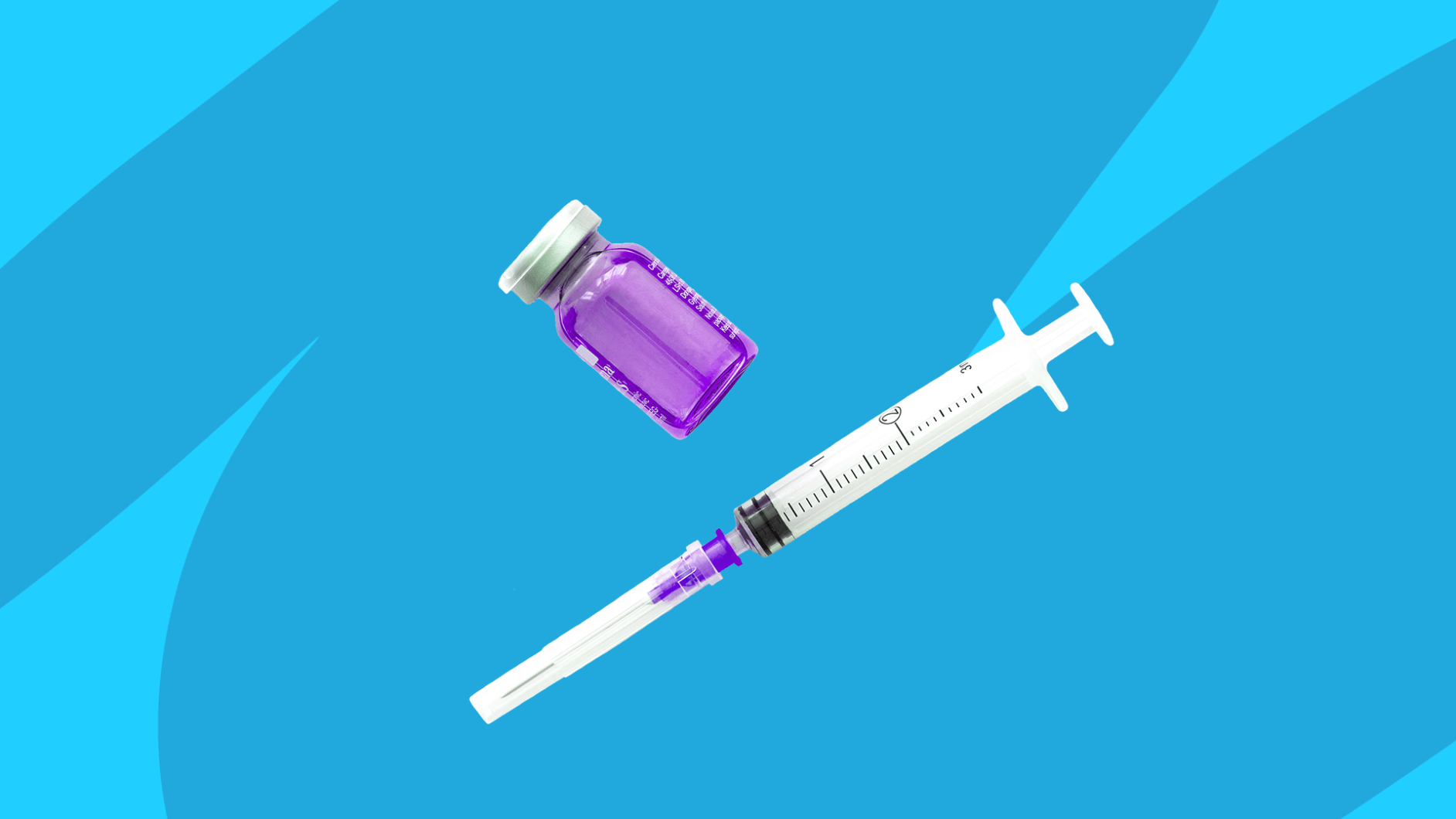Is Shingrix covered by insurance? | How much does Shingrix cost without insurance? | How to get Shingrix without insurance
Shingrix is a brand-name shingles vaccination that is FDA-approved for use in adults older than 50 or at risk of a reactivation of the herpes zoster virus. The two-dose injection provides immune system protection from a reactivation of the chickenpox virus, called the varicella-zoster virus. A healthcare professional administers injections at a pharmacy, doctor’s office, or clinic. Common side effects include injection site reactions, muscle pain, fatigue, headache, and fever. Before receiving the vaccine, tell the healthcare provider about allergic reactions to other immunizations. Because older adults are at a high risk of developing shingles, the Centers for Disease Control and Prevention (CDC) recommends that everyone 50 and older get the vaccine. People with health insurance usually pay nothing for the vaccine. However, those without insurance can expect to pay about $500 for the two-dose immunization. Fortunately, there are ways to save money on a shingles shot.
What is the generic for Shingrix?
Shingrix is a brand-name vaccination. There are no generic versions.
Is Shingrix covered by insurance?
Shingrix is covered by health insurance, Medicare Part D, Medicaid, Tricare, and the VA at no cost to the insured.
96% of health insurance plans cover the Shingrix vaccine. There should be no copay cost or deductibles, but policies vary.
All people with Medicare Part D prescription drug plans are covered, but Medicaid coverage may vary by state. Currently, only 38 states and the District of Columbia cover Shingrix.
Check with the insurance company or state before scheduling a vaccine. The person receiving the vaccination must be older than 50 or require the vaccination because of certain risk factors.
How much does Shingrix cost without insurance?
Each dose of Shingrix costs about $250 per dose, so the full shingles vaccine cost is about $500. They aren’t given one after another. The delay between shots is two to six months, so the $500 expense is slightly spread out. Each dose has a concentration of 50 micrograms (mcg) of recombinant zoster vaccine per 0.5 milliliters (mL).
No alternative shingles vaccines exist, so people without insurance will pay the full retail price. An older vaccine, Zostavax, is no longer on the market because of potentially serious side effects.
The best alternative would be to use a SingleCare prescription discount card. With SingleCare, the cost of each shot can be reduced to as little as $200, a savings of $100 off the full two-dose vaccination.
How to get Shingrix without insurance
Shingrix is a premium-priced brand-name vaccine. At the full retail cost, both shots will cost over $500 at the average retail cost. Cost-savings are limited. The manufacturer’s patient assistance program may help, but this program has stringent income eligibility requirements that not everyone can meet. The program will also require a physician to complete the application—an added expense to what should only be a pharmacy visit. There are other options for saving money. The first place to look for brand-name prescription medication or vaccine savings is SingleCare.
1. Use a SingleCare savings card
The lowest SingleCare price for a single Shingrix shot is $200. This represents a savings of $50 off the average retail price of $250. The total savings add up to $100 for the entire two-shot vaccine. Discount prices will vary by participating pharmacies. Browse discount prices at local pharmacies on SingleCare’s Shingrix coupons page.
2. Look for the lowest price
The highest pharmacy price for just one dose of the Shingrix vaccine is $100 more than the lowest price. That price difference adds up to $200. However, shopping for the best shingles vaccine price is not easy. It will involve hours of phone calls. Instead, visit SingleCare’s 12-month average price history table for Shingrix.
3. Ask a healthcare provider for options
A family doctor or other trusted healthcare provider may know of cheaper options for getting a Shingrix vaccine. The clinic or hospital they work in may have a special program or unused vaccine they can provide at a discount or for free.
4. Consider health insurance
All health insurance policies sold through each state’s health insurance marketplace are required to cover Shingrix at no cost to the insured. Policies are surprisingly affordable but use an agent or consultant to help make a final selection.
5. Consider Medicaid
If health insurance is challenging to afford, you may qualify for Medicaid, a government-subsidized health insurance program designed to keep premiums, copays, and other out-of-pocket costs to a minimum. All states that have expanded their Medicaid programs will pay the total cost of a Shingrix vaccine. States that haven’t may pay for it, but it’s not certain. Visit your state’s Medicaid website to research eligibility requirements and the enrollment process.
6. Consider Medicare Part D or Medicare LIS
If you are old enough, it may be prudent to begin Medicare Part D coverage or Medicare Advantage coverage that includes Medicare prescription drug coverage. Medicare Part A and Medicare Part B do not cover the shingles vaccine, but with Medicare Part D, the shingles vaccine is free. So are other needed immunizations such as Tdap, COVID-19, flu, and pneumonia vaccines.
7. Find local community clinics or vaccination clinics
Most localities have community clinics, public health facilities, and local health departments that may offer needed vaccinations for free or at a low cost. Start by calling a local health department.
8. Visit a 340B provider
Some clinics and hospitals are designated 340B providers by the federal government. They can purchase prescription drugs and vaccines at a federally-subsidized low price with the expectation that they will discount this price to people in need. Not every 340B provider passes on the savings, but many do. Some will require a registration process to qualify. Contact a local health department official for information about local 340B providers.











